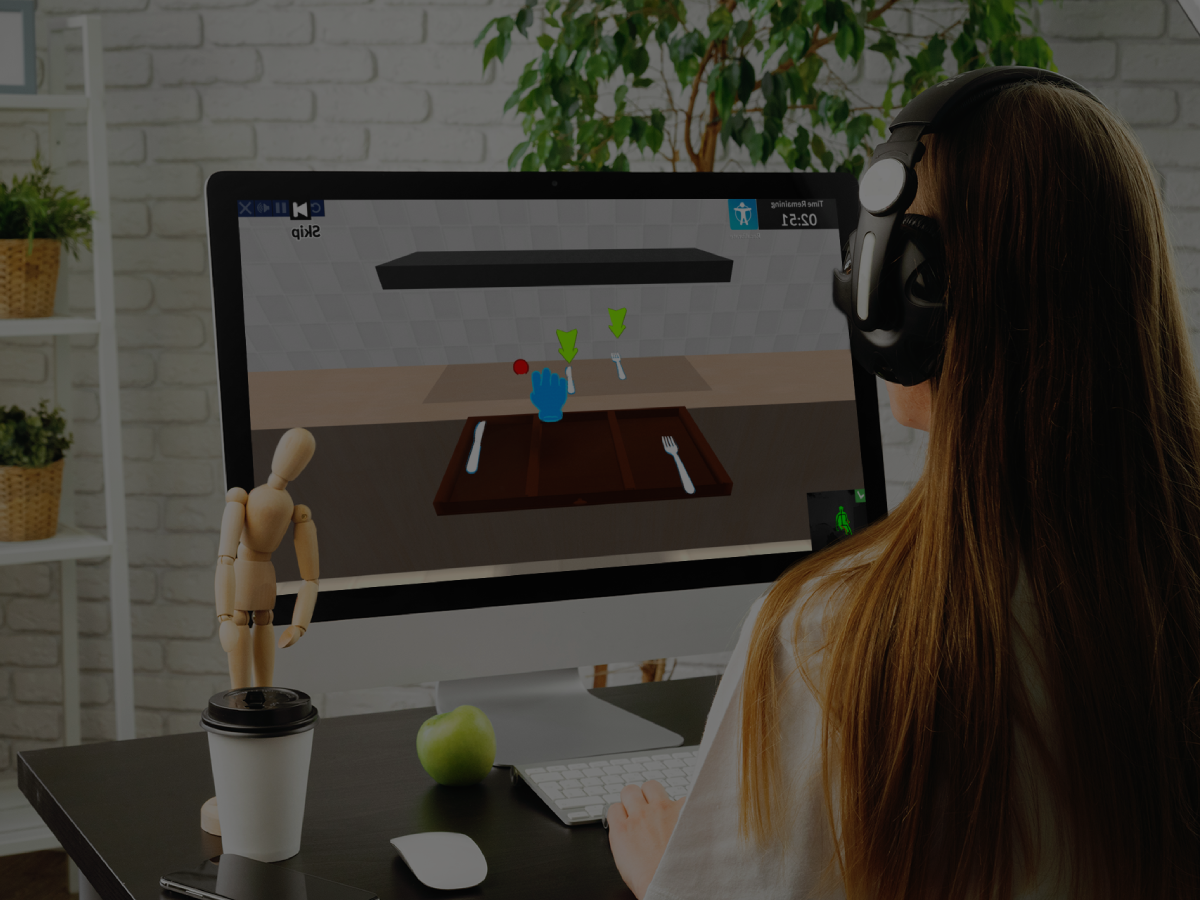Abstract
Background: In Canada, stroke survivors have difficulty accessing community-based rehabilitation services because of a lack of resources. VirTele, a personalized remote rehabilitation program combining virtual reality exergames and telerehabilitation, was developed to provide stroke survivors an opportunity to pursue rehabilitation of their chronic upper extremity (UE) deficits at home while receiving ongoing follow-up from a clinician.
Objective: We aimed to identify the behavioral and motivational techniques used by clinicians during the VirTele intervention, explore the indicators of empowerment among stroke survivors, and investigate the determinants of VirTele use among stroke survivors and clinicians.
Methods: This multiple case study involved 3 stroke survivors with chronic UE deficits and their respective clinicians (physiotherapists) who participated in the VirTele intervention, a 2-month remote rehabilitation intervention that uses nonimmersive virtual reality exergames and telerehabilitation aimed at improving UE deficits in stroke survivors. Study participants had autonomous access to Jintronix exergames and were asked to use them for 30 minutes, 5 times a week. The VirTele intervention included 1-hour videoconference sessions with a clinician 1 to 3 times a week, during which the clinician engaged in motivational interviewing, supervised the stroke survivors’ use of the exergames, and monitored their use of the affected UE through activities of daily living. Semidirected interviews were conducted with the clinicians and stroke survivors 4 to 5 weeks after the end of the VirTele intervention. All interviews were audiorecorded and transcribed verbatim. An abductive thematic analysis was conducted to generate new ideas through a dynamic interaction between data and theory.
Results: Three stroke survivors (n=2, 67%, women and n=1, 33%, man), with a mean age of 58.8 (SD 19.4) years, and 2 physiotherapists participated in the study. Five major determinants of VirTele use emerged from the qualitative analyses, namely technology performance (usefulness and perception of exergames), effort (ease of use), family support (encouragement), facilitators (considerations of the stroke survivors’ safety as well as trust and understanding of instructions), and challenges (miscommunication and exergame limits). During the VirTele intervention, both clinicians used motivational and behavioral techniques to support autonomy, competence, and connectivity. All these attributes were reflected as empowerment indicators in the stroke survivors. Lessons learned from using telerehabilitation combined with exergames are provided, which will be relevant to other researchers and contexts.
Conclusions: This multiple case study provides a first glimpse into the impact that motivational interviewing can have on adherence to exergames and changes in behavior in the use of the affected UE in stroke survivors. Lessons learned regarding the supportive role caregivers play and the new responsibilities clinicians have when using the VirTele intervention may inform the use of exergames via telerehabilitation. These lessons will also serve as a model to guide the implementation of similar interventions.
Allegue, D. R., Sweet, S. N., Higgins, J., Archambault, P. S., Michaud, F., Miller, W. C., … & Kairy, D. (2022). Lessons Learned From Clinicians and Stroke Survivors About Using Telerehabilitation Combined With Exergames: Multiple Case Study. JMIR rehabilitation and assistive technologies, 9(3), e31305.
DOI: 10.2196/31305


Leave A Comment